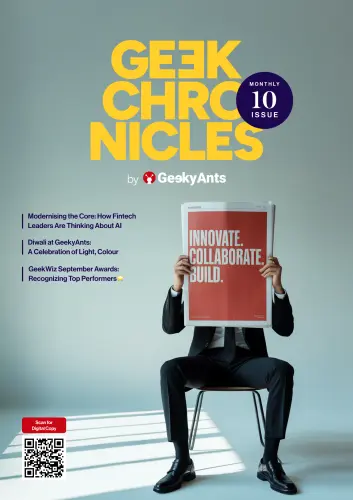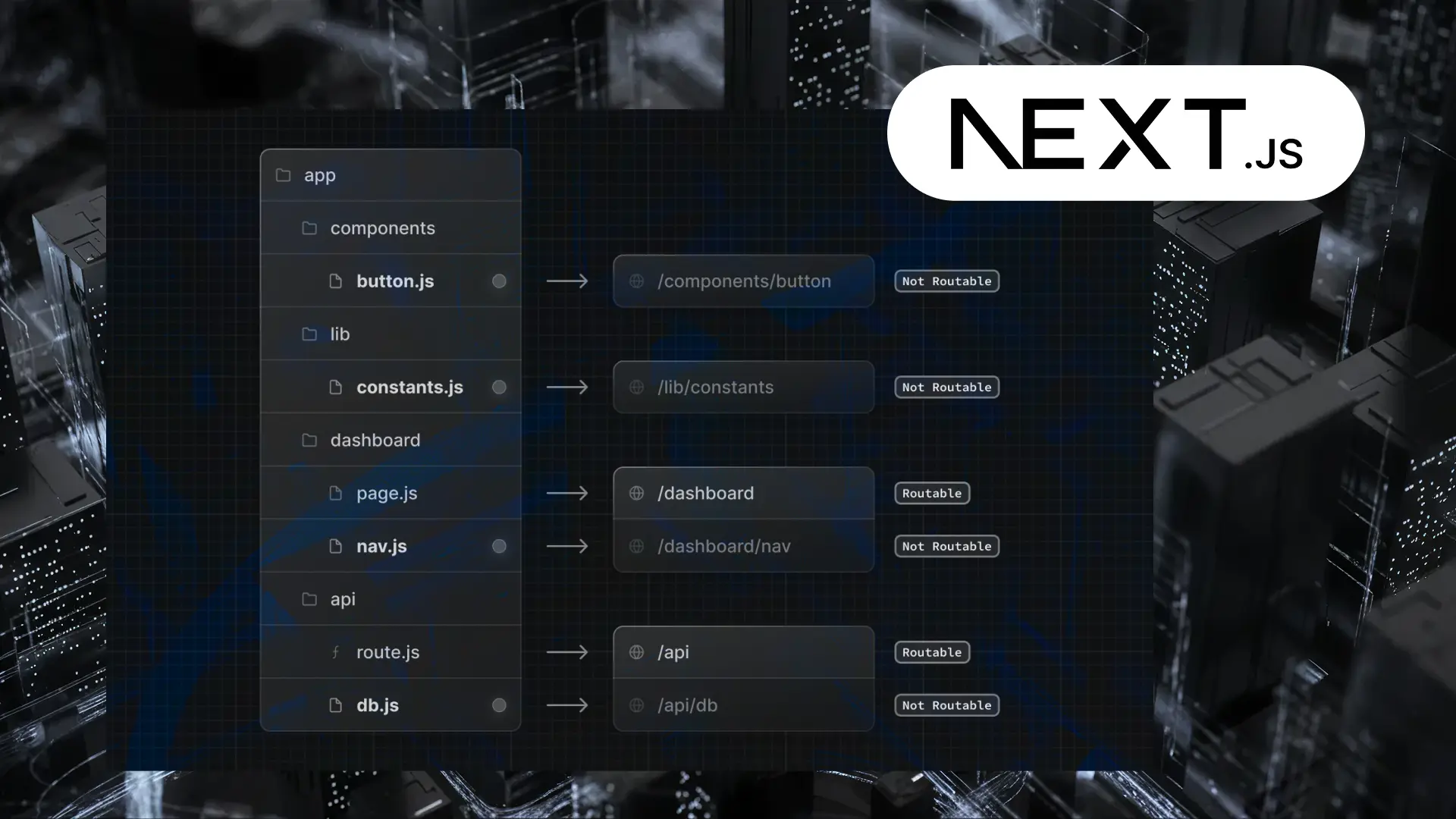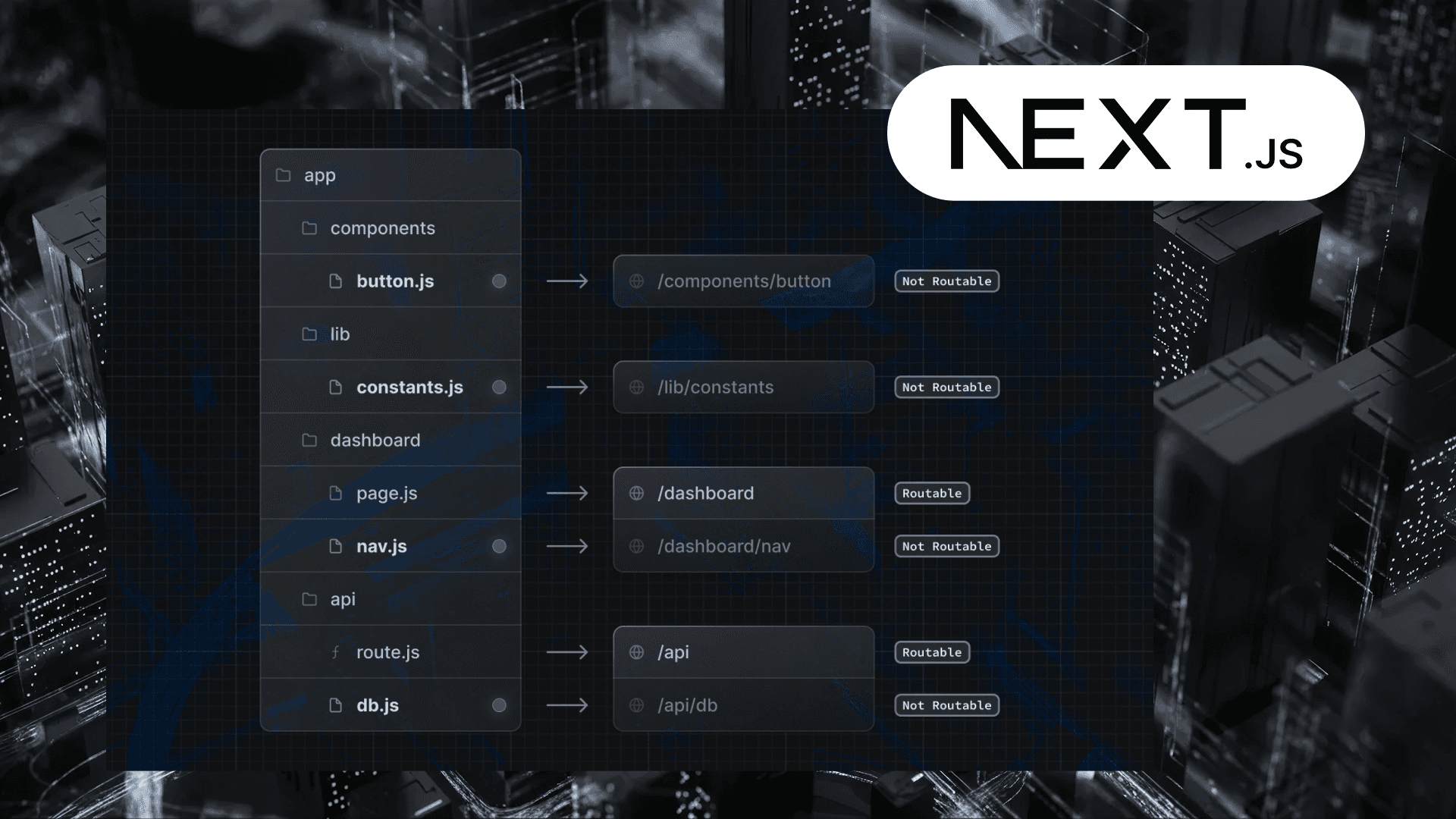Table of Contents
Understanding Brand Strategy in the design context
Author

Date

Book a call
"Design is not just what it looks like and feels like. Design is how it works." - Steve Jobs

The Designer's Evolution: From Decorator to Strategist
"Design creates culture. Culture shapes values. Values determine the future." - Robert L. Peters
The Four Pillars of Strategic Design Thinking
The Strategic Design Process: A Designer's Roadmap
Let me walk you through how I applied this strategic framework to a real project that completely transformed my approach to logo design. The project was for Coastal Properties, a boutique real estate agency in Byron Bay, Australia, and it became one of my most successful case studies in strategic brand development.
Phase 1: Discovery and Research - The Foundation That Changes Everything
Step 1: Define Your Brand Foundation - The "Why" Before the "What"
Step 2: Audience Research and Persona Development - Designing for Real Dreamers
- Ages 42 and 38, successful Melbourne professionals feeling burned out
- Spending weekends browsing coastal property websites while sitting in traffic
- Values: Work-life balance, authenticity, community connection
- Fears: Making the wrong investment, being seen as naive outsiders
- Dreams: Morning coffee with ocean views, kids playing on the beach, slower pace of life
- Age 55, local Byron Bay resident for 15 years, empty-nester looking to downsize
- Values: Maintaining community connections, getting fair value, working with locals who "get it"
- Fears: Being pressured by flashy agents from Sydney, losing her coastal community
- Dreams: Perfect low-maintenance property with ocean glimpses, more time for art classes
Step 3: Competitive Analysis - Finding Visual White Space on the Coast
- 90% used blue and white color schemes (trying to evoke "ocean and sand")
- 75% incorporated house shapes or keys in their logos
- 80% used corporate sans-serif fonts (trying to look "professional")
- 95% had layouts that felt interchangeable with any other service industry
Phase 2: Brand Strategy Development - Where Psychology Meets the Coast
Step 4: Craft Your Brand Essence - The Personality Behind the Pixels
- Visual Style: Hand-crafted elements (genuine, not corporate), organic shapes (coastal, not geometric), warm earthy palette (authentic, not flashy)
- Tone: Conversational and knowledgeable, never pushy or sales-y
- Applications: Every touchpoint should feel like getting advice from a trusted local friend
Step 5: Develop Core Messaging - The Words That Shape the Design
- "Local knowledge, global dreams"
- "Where coastal living meets authentic service"
- "Your lifestyle, our expertise"
Phase 3: Visual Identity Development - Where Strategy Becomes Tangible
Step 6: Logo Design Strategy - Beyond Making It Look Good
The Strategic Logo Solution:
- Symbol: I created an abstract representation of coastal cliffs meeting the ocean—two flowing, organic shapes that suggested both the dramatic Byron Bay coastline and the meeting point between dreams and reality
- Typography: A custom-modified serif with slightly weathered edges—established and trustworthy like someone who's lived locally for years, but approachable and warm
- Color: Instead of predictable ocean blue, I chose a sophisticated sage green (representing the coastal vegetation) paired with warm sand beige—colors that felt authentically Byron Bay, not generically "coastal"
The Strategic Framework in Action:
- Simplicity with Purpose: The two flowing shapes were immediately recognizable as coastal cliffs, but abstract enough to work across all applications
- Memorability Through Meaning: The cliff-meets-ocean metaphor reinforced the brand message of "where dreams meet reality"
- Versatility Across Touchpoints: Worked beautifully on business cards, car decals, property signs, and social media
- Timelessness Through Authenticity: Based on the actual Byron Bay landscape, not design trends
Step 7: Typography System - Your Brand's Voice Made Visual
Step 8: Color Strategy - The Psychology of Coastal Living
- Sage Green (#8B956D): The color of coastal vegetation, representing growth, harmony, and authentic natural beauty
- Warm Sand (#E8DCC6): Not bright white "beach" but the actual color of Byron Bay sand—warm, inviting, substantial
- Deep Eucalyptus (#7A8471): For depth and sophistication
- Soft Coral (#F4E4C1): Inspired by sunrise over the ocean, used sparingly for highlights
Step 9: Visual Style - Building a Coastal World
Phase 4: Brand Guidelines Creation - The System That Scales
Step 10: Comprehensive Brand Guidelines - The Constitution for Coastal Properties
- Logo variations for property signs (high contrast for readability), business cards (elegant and minimal), and social media (optimized for small screens)
- Color specifications for print (warm and rich) and digital (bright and engaging)
- Typography hierarchy for property listings, website copy, and marketing materials
- Property listing templates that led with lifestyle benefits
- Social media templates showcasing local area highlights
- Email signatures that felt personal, not corporate
- Vehicle signage that stood out from typical real estate cars
Breaking the Rules: When Design Conventions Don't Apply
"Learn the rules like a pro, so you can break them like an artist." - Pablo Picasso
- Mixed five different fonts (usually a no-no) to represent diverse thinking
- Used a deliberately imperfect hand-drawn logo style in a space dominated by geometric perfection
- Created asymmetrical layouts that felt energetic rather than stable
The Framework for Smart Rule-Breaking
- Understand the Rule's Purpose: Why does this convention exist? What problem does it solve?
- Have a Strategic Reason: Your rule-breaking should support a specific brand goal or message.
- Test and Measure: Does your unconventional approach actually work better for your specific audience?
- Maintain Core Brand Elements: Break some rules while keeping others to maintain recognition.
Bringing It All Together
"Design is thinking made visual." - Saul Bass
- Translate abstract concepts into visual language that resonates
- Communicate complex ideas through simple, elegant design
- Connect emotionally with audiences through thoughtful visual choices
- Differentiate your brand in a crowded marketplace through strategic thinking
Advanced Strategies for Design-Driven Brands
1. Design System Architecture (Beyond Basic Guidelines)
- Component-based thinking that mirrors your brand architecture
- Animation guidelines that reinforce brand personality
- Accessibility standards that reflect brand values of inclusivity
- Flexible systems that adapt to new technologies while maintaining brand consistency
2. Brand Audit Tools (Keeping Strategy Alive)
3. Cross-Platform Experience Mapping (Consistency with Context)
4. Micro-Branding Strategies (Details That Make the Difference)
- Custom iconography that feels unmistakably yours
- Unique loading animations that turn wait time into brand moments
- Distinctive image treatments that make your content recognizable
- Signature design elements that create instant recognition
5. Future-Proofing Your Visual Identity (Designing for Tomorrow)
- Scalable vector formats for AR/VR interfaces
- Flexible color systems that work in dark mode
- Typography that remains readable at any size
- Modular design systems that can evolve with technology
Dive deep into our research and insights. In our articles and blogs, we explore topics on design, how it relates to development, and impact of various trends to businesses.





